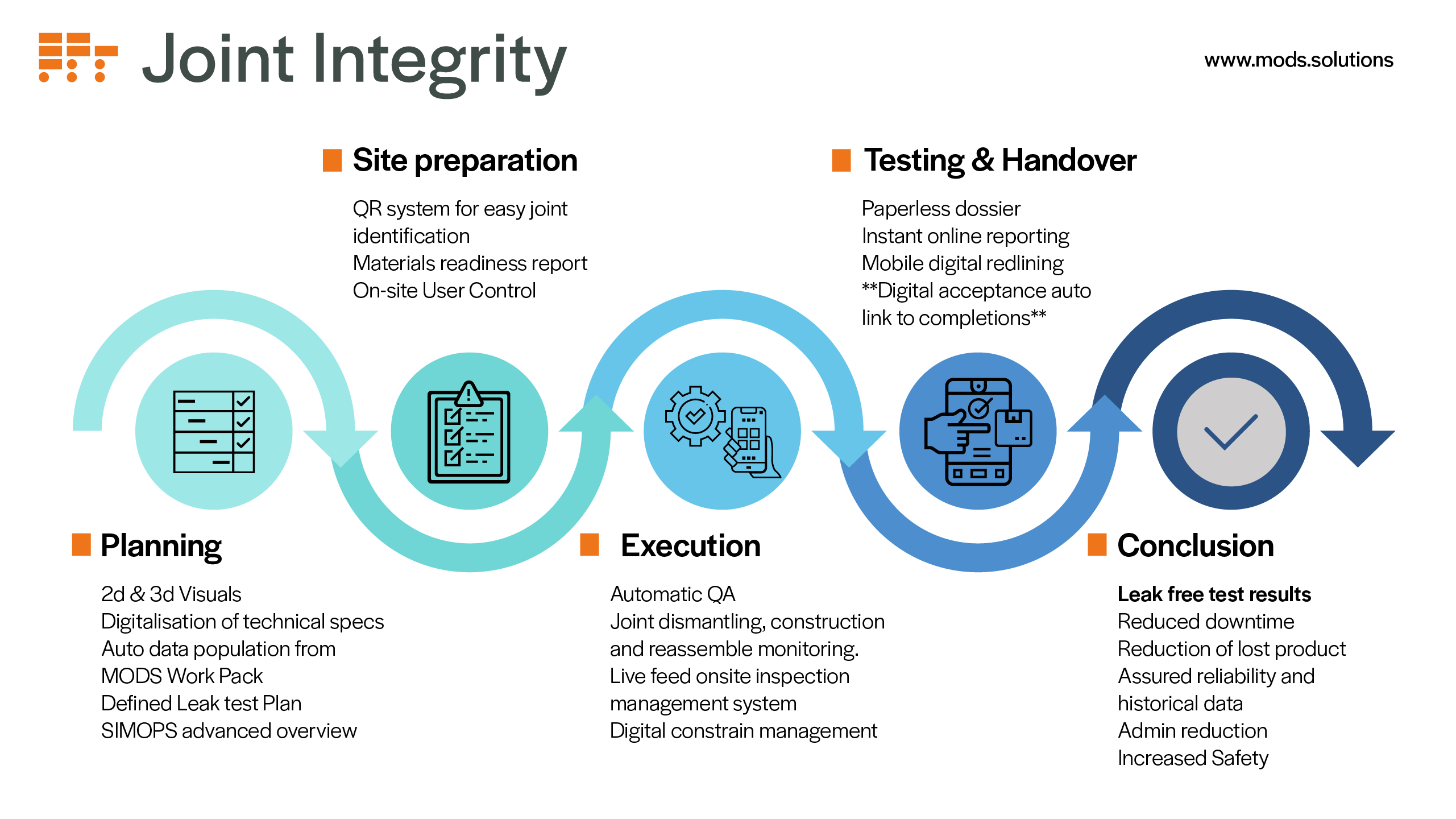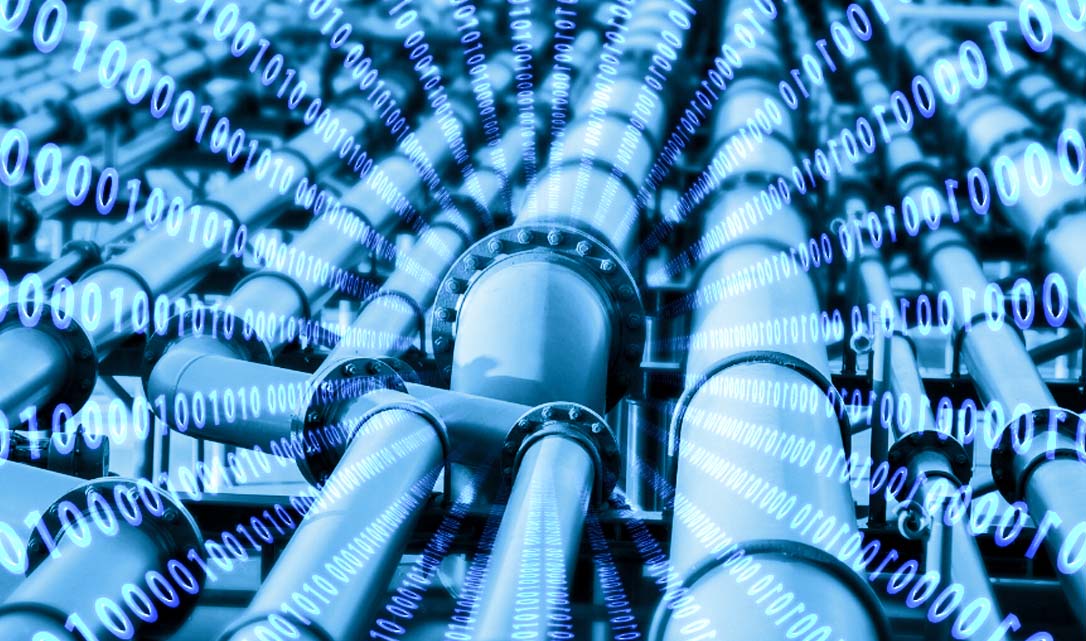Digital Completions in Plant Modifications and Upgrades
Unlike greenfield or any new build construction projects, plant modifications and upgrades present a unique set of challenges. Work is carried out...
2 min read
![]() MODS Marketing
:
Dec 7, 2020 1:21:30 PM
MODS Marketing
:
Dec 7, 2020 1:21:30 PM

In the current business environment, organizations are vying to remain competitive and embrace technology to manage business risks and ensure long term sustainability. Plant floor and onsite/offshore equipment comprise the largest chunk of organizational assets in heavy industries such as oil and gas – making it vital for businesses to have control and visibility into asset health and performance.
One of the critical asset health components is bolted and compression joints, which are seen as having a high-risk potential for the release of hydrocarbons and production loss.
One indicator of major hazard risk in the petroleum industry is the number of unintended hydrocarbon releases. Such releases are a precursor to a major accident, and hence, reducing their rate reduces the risk of a major accident.
From a business perspective, leaks also delay production start-up, cause unplanned shutdowns, and impact budgets. Consider this figure: Multi-asset operator evaluated the average cost of all their leaks at $100k per leak. Previous studies into joint integrity have revealed that 17% of all releases occurred from bolted joints.
These are avoidable risks that can be mitigated as the high level of data and control associated with the design assembly, and ongoing maintenance of joints can be addressed by technology-driven systems that are efficient and accountable. Asset integrity needs to be assured throughout every critical joint's operational life – from design to construction, commissioning, and operations.
An end-to-end integrated and interactive system for all types of bolted and compression connections will ensure valuable interactions between 3D model graphics, design information, and intelligent reference drawings to reduce costly errors, in addition to delivering accountability and traceability.
An important element in risk management strategies and systems is establishing several layers of safety systems and safety measures to reduce both the probability of incidents and limit their consequences.
Successful Joint integrity comprises of two key elements – the task and the management control process where the task element relies on trained, competent personnel assembling and tightening joints as per correct procedures, while The management control process hinges on the collection and storage of vital information identified before each work stage.
When it comes to managing Joint Integrity, best practices and digital technology go hand in hand and are automated through tried and tested processes to eliminate risks and bottlenecks.
A case in point is MODS’ methodology that integrates the key Joint Integrity components to ensure leak-free start-up:
The entire process from planning to conclusion pivots around digitalization, leading to paperless and near error-free dossiers for leak-free test results.

MODS Joint Integrity and Testing is a web-based joint integrity software that uses bar codes and intrinsically safe hand-held devices to control the processes associated with joint management and pipe systems testing. It has been designed to enable users to interact directly with the database to track each joint online.
Not only are Hydrocarbon emissions detrimental to the environment, on a granular business level, the risks incurred in terms of lost revenue make it imperative for asset health to be monitored through standardized practices, compliance to mandates, and the inclusion of digitalization and software adoption. This ensures a hazard-free and sustainable business model for the Oil & Gas sector.
Discover how we can help you with achieving accountable, leak-free  .
.

Unlike greenfield or any new build construction projects, plant modifications and upgrades present a unique set of challenges. Work is carried out...

Turnarounds and shutdowns are among the most critical—and stressful—phases in the management and operation of industrial assets. These planned...

Offshore decommissioning and asset retirement present significant logistical, regulatory, safety, fiscal and reputational challenges. The process of...

As businesses compete to remain competitive and ensure long-term sustainability, they are incorporating technology to manage business risks and...

Managing materials during a project is critical to project success regarding cost, integrity, and productivity. Most materials linked processes, such...

In a technology partnership Grand Isle Shipyards with MODS has been providing Commissioning and Integrity services to the energy industry for the...